Eco-Friendly Material Choices for Home Renovation: Build Better, Live Greener
Chosen theme: Eco-Friendly Material Choices for Home Renovation. Welcome to a home base for renovators who want style without waste, health without compromise, and durability without a heavy footprint. Explore practical, beautiful materials that respect your budget, your air, and the planet. Share your questions and subscribe for weekly eco-material spotlights and real-life makeovers.
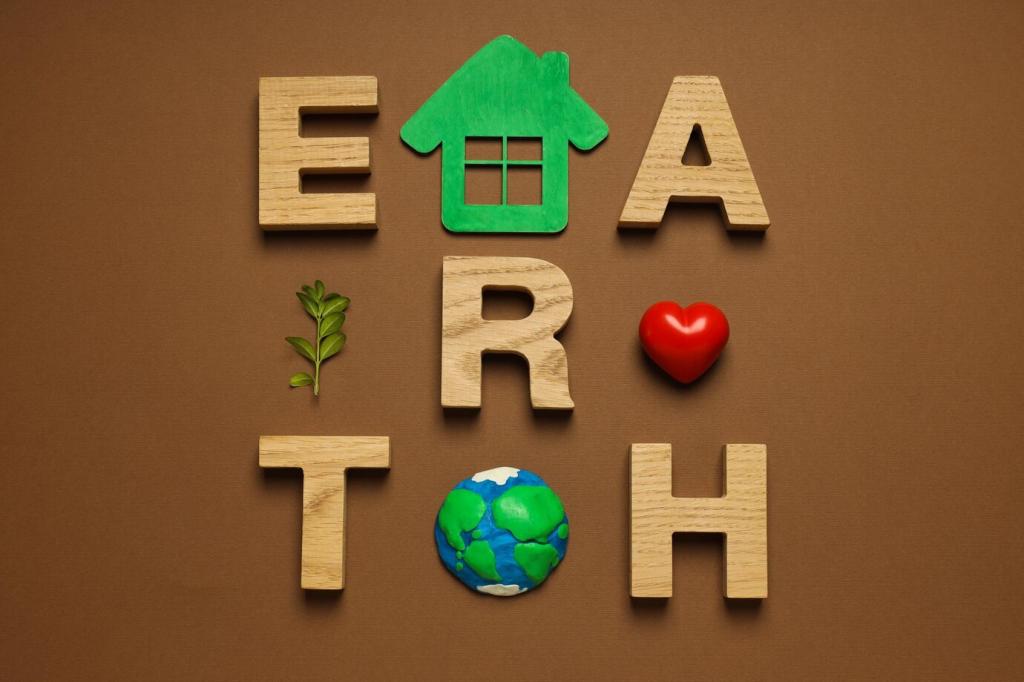
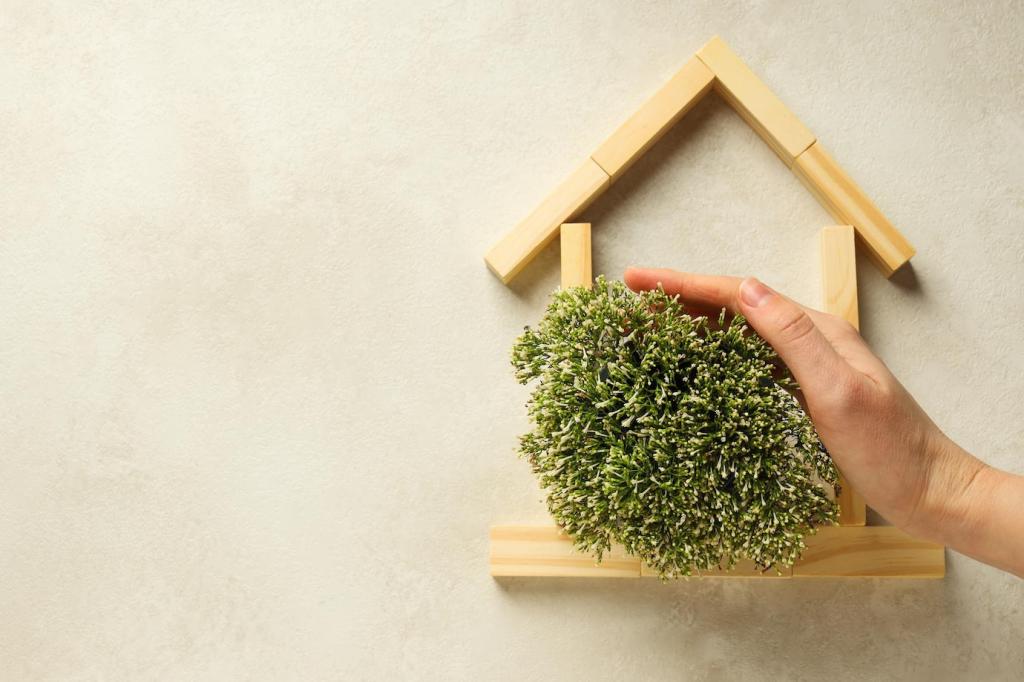
Healthy Finishes: Paints, Adhesives, and Sealants
Low- and Zero-VOC Paints That Perform
Choose low- or zero-VOC paints, mineral or clay-based options, and natural limewash for breathable walls that resist odors and reduce emissions. Modern formulations offer rich coverage and scrubbable durability, proving you do not need solvents to achieve lasting, designer-level results at home.
Formaldehyde-Free Adhesives and Safer Sealants
When bonding wood, tile, or vinyl alternatives, pick formaldehyde-free adhesives and low-odor, low-VOC sealants. These choices reduce respiratory irritants and maintain healthier indoor air for families, pets, and guests. Ask in the comments for brand suggestions matched to your climate and materials.
Primers and Substrates That Play Nice
Good finishes start with compatible substrates and primers. Use waterborne primers with low emissions, verify compatibility with your topcoat, and avoid mixing systems that off-gas. Share a photo of your surface prep, and we will help troubleshoot adhesion or blotching before you commit.
Naturally Renewable Flooring That Lasts
Bamboo offers rapid renewability and modern aesthetics, while cork cushions steps, quiets rooms, and resists mildew. Check for formaldehyde-free binders and reputable certifications. Ask about strand-woven bamboo for extra durability in busy homes with pets, kids, and muddy boots during wet seasons.
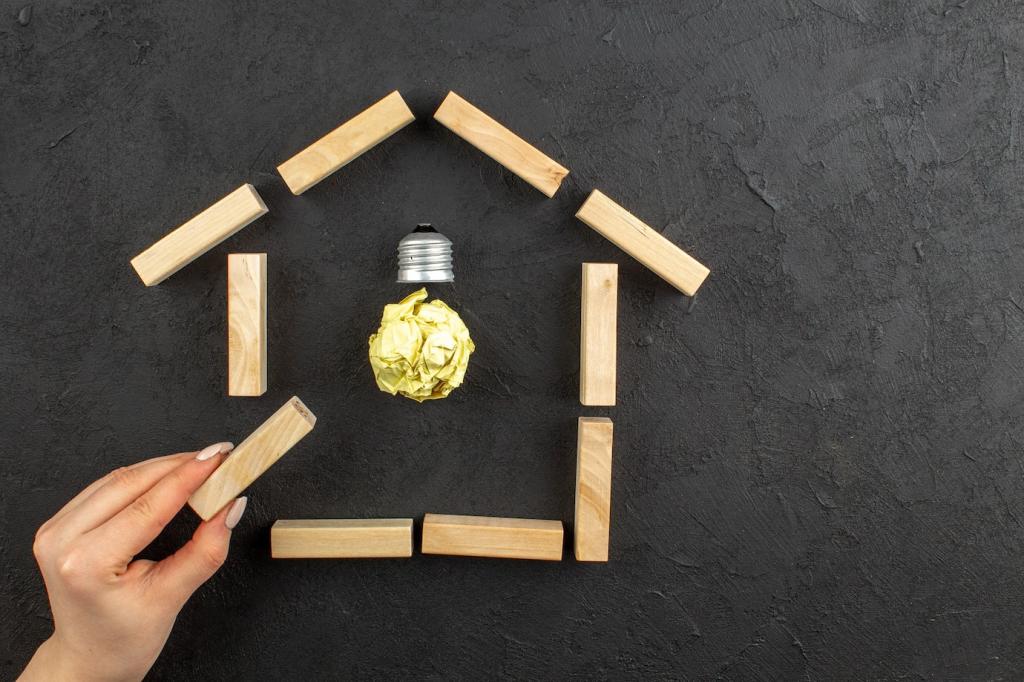
Insulation That Warms Homes, Not the Planet
Cellulose, often made from recycled newspaper, delivers excellent thermal performance and sound control. Hemp batts add moisture resilience and carbon storage. Both reduce reliance on virgin petrochemicals. Ask how to combine these with smart vapor retarders for healthier, more forgiving wall assemblies.
Insulation That Warms Homes, Not the Planet
Mineral wool resists fire, water, and pests while allowing vapor diffusion. Fiberglass is affordable and widely available. For either, prioritize formaldehyde-free binders and tight installation. Drop a comment describing your framing depth, and we will recommend the best fit and detailing tips.
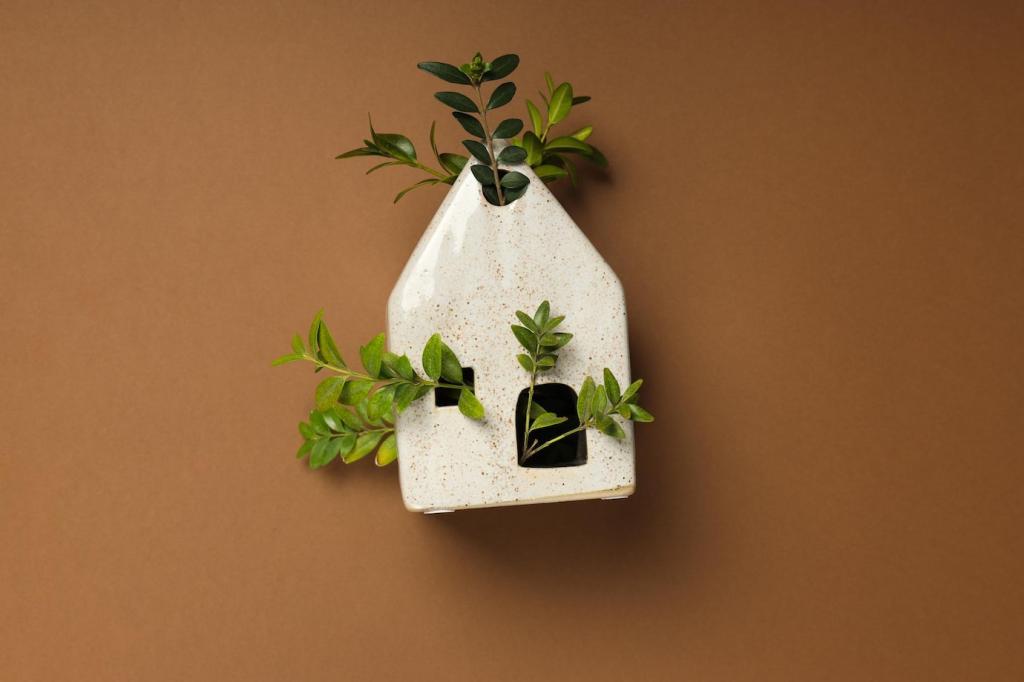
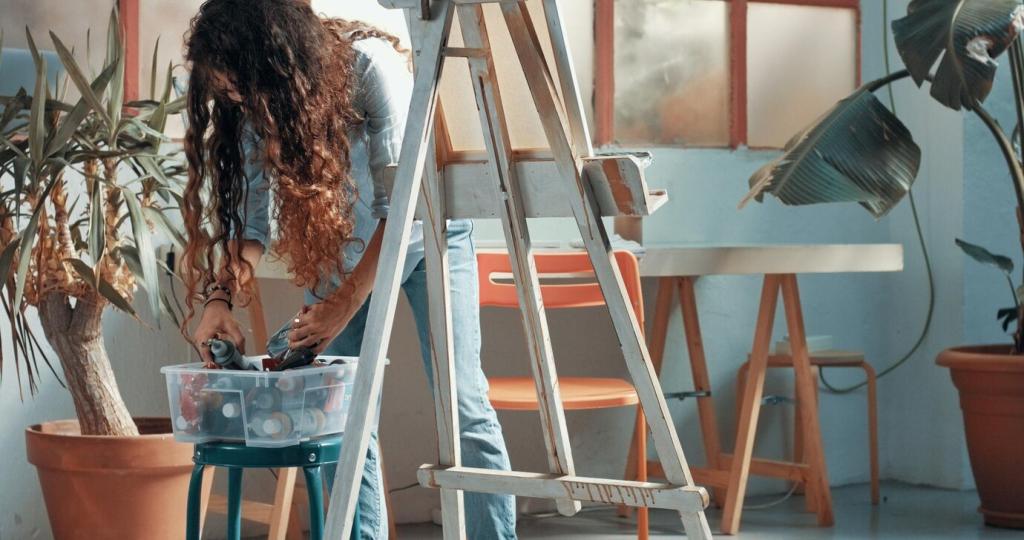
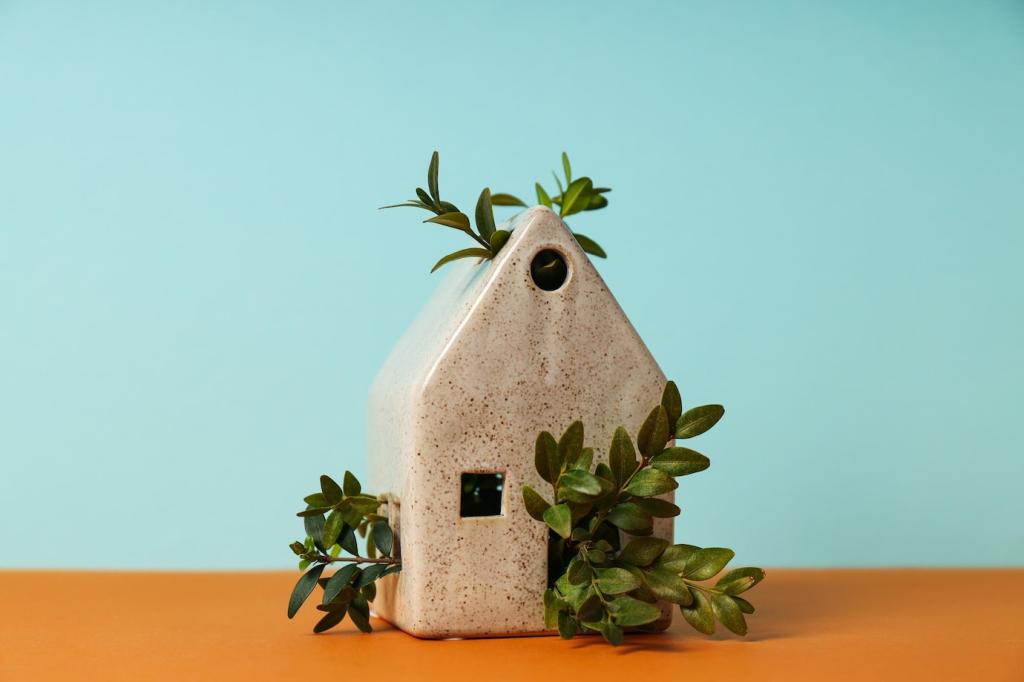
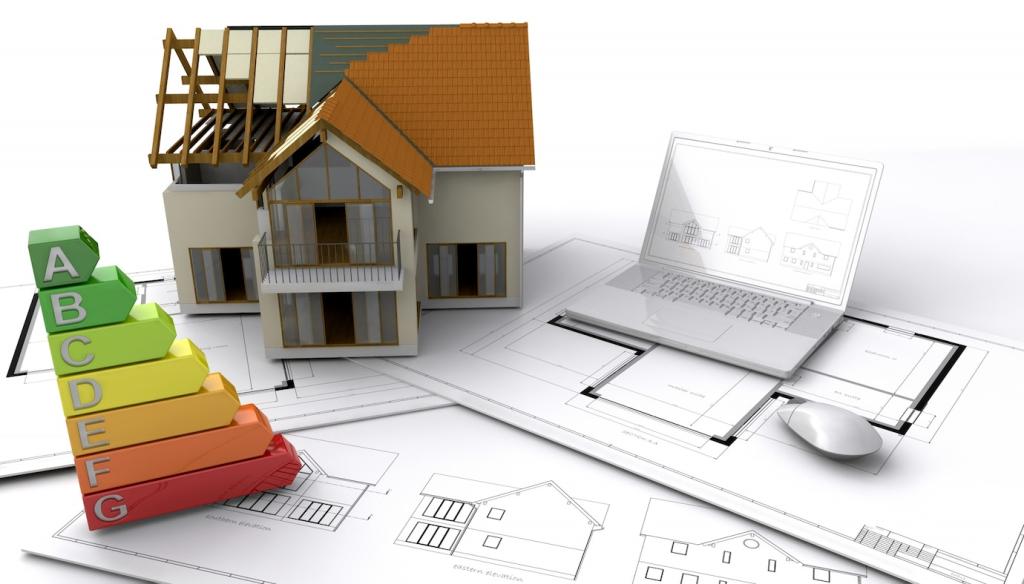
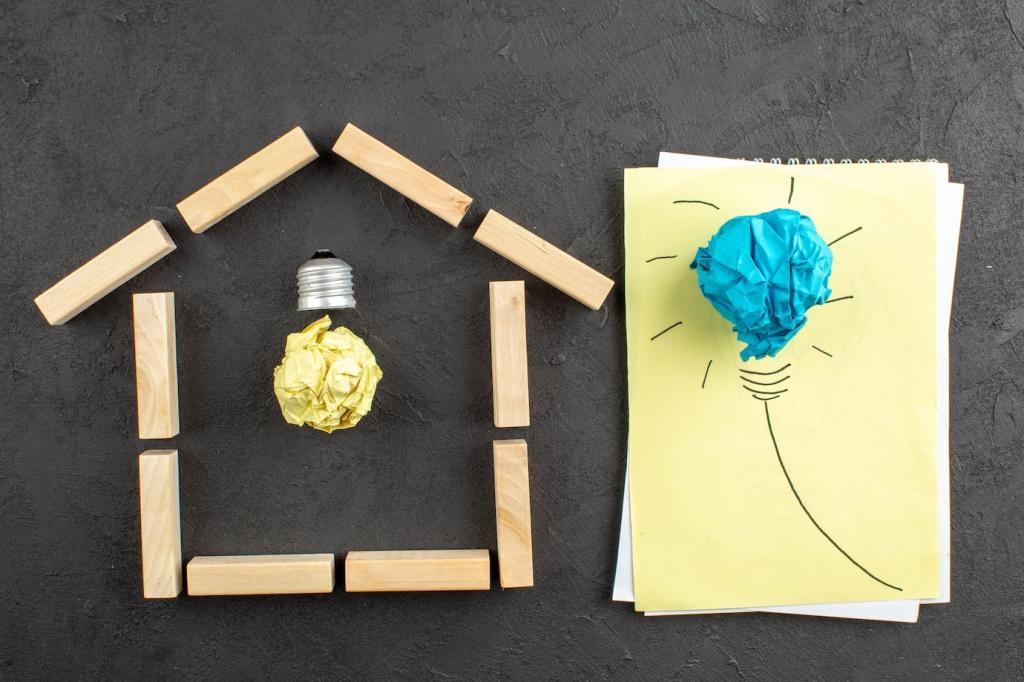
Design for Disassembly and Circularity
01
Mechanical Fasteners Over Permanent Glues
Use screws, clips, and reversible joinery so panels, floors, and facades can be removed without damage. This approach simplifies maintenance, upgrades, and reuse. Ask about hidden fastener systems that keep clean lines while preserving the option to disassemble decades down the road.
02
Mono-Material Layers and Clear Labeling
Simplify assemblies by avoiding unnecessary material mixing, which complicates recycling. Label components discreetly for future owners. Thinking of a layered floor? Share your stack-up, and we will help reduce adhesives while safeguarding acoustics, moisture management, and long-term comfort.
03
A Small Story of Smart Salvage
In a 1920s bungalow, we organized door hardware by room, reused original casings, and added reclaimed oak thresholds. The result felt authentic and saved money. Tell us your home’s era, and we will suggest materials that honor its character while shrinking environmental impact.
